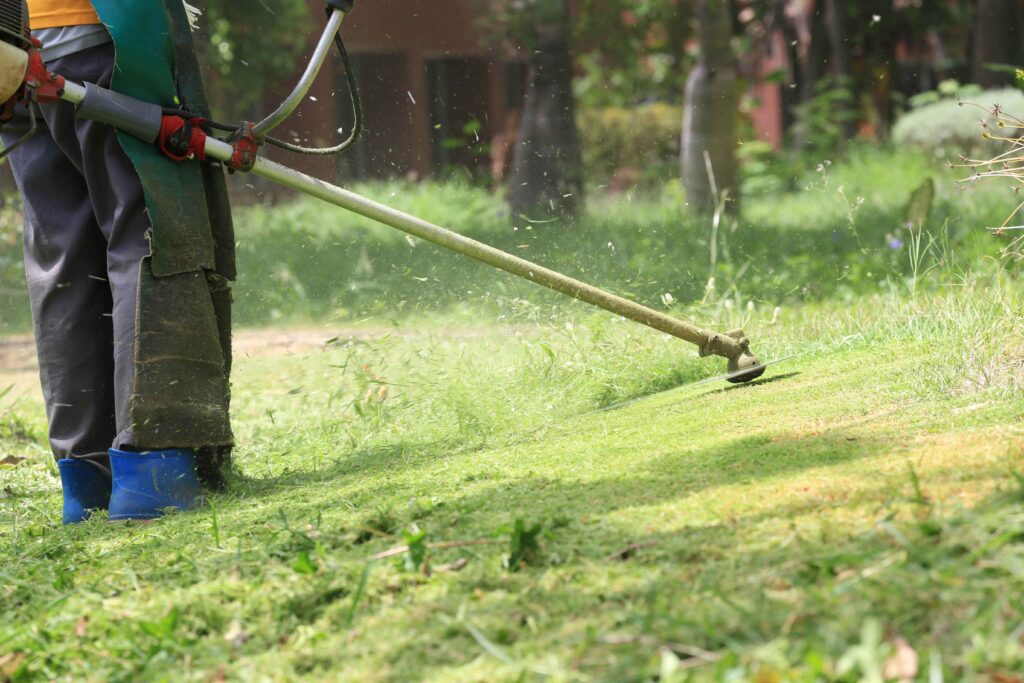In terms of enhancing your home's exterior, landscape design plays a pivotal role in creating inviting curb appeal. A well-designed landscape not only improves your property but also boosts its value and creates a welcoming atmosphere for guests. If you are considering professional help or keen to take on a project on your own, understanding the fundamentals of landscaping can change your outdoor space into a personal oasis.
From choosing the right plants to mastering lawn care, every decision in landscaping has a substantial impact on the overall look of your home. With the right strategies, such as sustainable practices and seasonal maintenance, you can ensure your yard remains vibrant and healthy all year round. In this article, we will explore essential landscaping tips that can help you choose wisely, avoid common mistakes, and improve your home’s appeal, making it a treasure in your neighborhood.
The Value of Quality Landscaping
Investing in expert landscaping can greatly enhance the visual attractiveness of your home or workplace. Skilled landscapers bring a sense of creativity and expertise that alters typical outdoor spaces into captivating environments. They understand how to coordinate vegetation, hues, and landscape designs to create a cohesive look that shows your style and brings character to your property. This quality touch not only enhances first impressions but can create friendly environments for gatherings or merely serve as a friendly access point.
Another important aspect of expert landscaping is its ability to boost property value. A thoughtfully planned landscape contributes to greater appraisals and can make your property more desirable to potential buyers. In fact, studies show that intentional landscaping can raise home values by as much as 15 percent or more. This makes spending money in expert services not just an design decision, but a financially savvy one as well, ensuring a better ROI if you plan to sell.
Moreover, expert landscapers are proficient in caring for the health of your outdoor space. They hold expertise about the appropriate vegetation, soil conditions, and upkeep methods, ensuring that your landscape remains vibrant and flourishing throughout the seasons. From executing successful lawn care to designing eco-friendly gardens, their knowledge helps avoid typical mistakes that residents might make, leading to long-term success in keeping a attractive and thriving landscape.
Crucial Lawn Care Practices

Caring for a healthy lawn demands a combination of consistent care and attention to detail. One of the basic practices is mowing at the appropriate height. Maintaining grass at a moderate length encourages more robust root growth and minimizing weeds. It’s important to adjust your mowing height with the varying seasons; for illustration, taller grass during warmer months helps maintain moisture. Additionally, using sharp mower blades encourages clean trims, reducing stress on the grass and avoiding disease.
Fertilization is another essential aspect of lawn care. Introducing the appropriate type of fertilizer at strategic times throughout the year delivers critical nutrients that foster strong growth and vibrant color. A soil test can help determine which nutrients are lacking and what your lawn specifically needs. Keep in mind to follow recommended application rates to steer clear of over-fertilization, which can affect the lawn and the environment.
Aerating and seeding play a vital role in ensuring a lush lawn. https://blogfreely.net/boatasia9/crafting-a-kid-friendly-landscape-secure-and-entertaining-play-areas creates small holes in the soil, enabling air, water, and nutrients to access the root zone more effectively. This practice alleviates compaction and promotes stronger root development. Following up with overseeding—adding new grass seed to existing turf—assists thicken the lawn and boost its strength against pests and diseases. Together, these practices can significantly enhance the general health and aspect of your lawn.
Eco-Friendly Gardening Ideas
In the current world, green landscaping has become a focus for eco-minded homeowners. By incorporating eco-friendly practices, you can create a stunning landscape that benefits both your home and the environment. One key aspect is the use of native plants, which are adapted to the native environment, require less water, and provide essential habitats for local wildlife. By choosing plants that flourish naturally in your area, you can reduce the need for chemical fertilizers and pesticides, resulting in a more vibrant ecosystem.
Another effective strategy for sustainable landscaping is xeriscaping, which focuses on water-saving design. This approach reduces the need for irrigation by selecting drought-resistant plants and using mulch to retain soil moisture. Implementing these techniques not only conserves water but also reduces the overall maintenance required for your landscape, making it ideal for hectic homeowners. Installing landscape architecture elements, such as stone trails and paver patios, can also reduce water usage while enhancing the visual attractiveness of your outdoor space.
Finally, incorporating features such as rain gardens and pervious surfaces can address drainage issues and improve soil health. Rain gardens collect and filter stormwater runoff, allowing it to infiltrate the ground naturally and reducing erosion. Permeable paving materials enable water to pass through, minimizing water pooling and promoting groundwater recharge. By incorporating these sustainable solutions into your landscaping, you can create an inviting, functional yard that shows your commitment to protecting the environment, all while enhancing your home's curb appeal.
